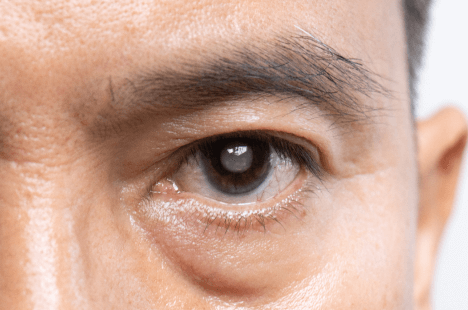
Are you concerned about the idea of developing cataracts? A cataracts evaluation will help spot the signs early, so you can take precautions to slow its progression or get treatment sorted quickly if necessary.
What are cataracts?
A cataract is a progressive eye condition that leads to poor eyesight and, eventually, sight loss. It develops when the protein in the lens of your eye breaks down and forms microscopic clumps. It usually happens in both eyes.
The condition gets worse over time, to the point where your quality of life is impacted. If it’s left untreated, you can lose your sight completely. However, fortunately, it’s treatable.
What is a cataract evaluation?
A cataract evaluation is a comprehensive and accurate way to determine if you’ve got cataracts. It’s possible to slow the development of cataracts with lifestyle changes, so early detection and regular check-ups may help you avoid the need for further treatment.
A cataract evaluation can include a variety of simple tests.
Visual acuity
A visual acuity test measures the quality of your vision at different distances. It’s one of the most common types of eye test and involves reading letters from charts. We’ll test both of your eyes together, and each one separately.
Contrast sensitivity
Testing for contrast sensitivity investigates how your eyes respond to different light levels and glare. It’s a good indicator of your quality of vision.
Slit lamp
A slit lamp is a type of microscope that enables your eye doctor to examine the eye lens closely, to look for any cloudiness – a tell-tale sign of cataracts.
Pupil dilation
Dilating your pupils allows your optician to get a good view of the entire lens, helping them to spot signs of cataracts.
Symptoms of cataracts
The first sign of cataracts is usually blurry or cloudy vision. As it progresses, you might also experience:
- increased difficulty seeing at night
- sensitivity to light and glare
- seeing halos around lights
- fading or yellowing of colors
- frequent changes in eyeglass or contact lens prescription
- double vision in a single eye
- need for brighter light for reading or other activities
How are cataracts treated?
If it’s picked up early, the initial stages of cataracts can be managed with stronger prescription glasses and by protecting your eyes from overexposure to UV light, which can accelerate the condition.
As your cataracts advance, surgery is usually required. It’s a simple procedure and you can usually go home the same day. During the procedure, the cloudy lens is removed and replaced with an artificial intraocular lens. Most people can resume normal activities within a few days. Full healing may take a few weeks.
Book an appointment
Are you worried you might be developing cataracts? We encourage you to book your cataract evaluation with us today.

 Myopia Management
Myopia Management Dry Eye Treatment
Dry Eye Treatment Contact Lens Fitting
Contact Lens Fitting Cataract Evaluation
Cataract Evaluation Digital Tonometry
Digital Tonometry


